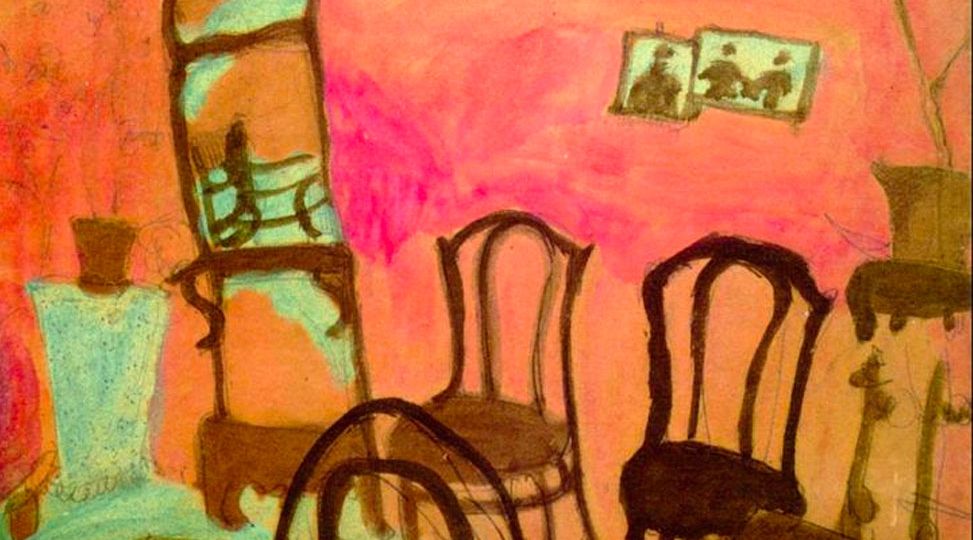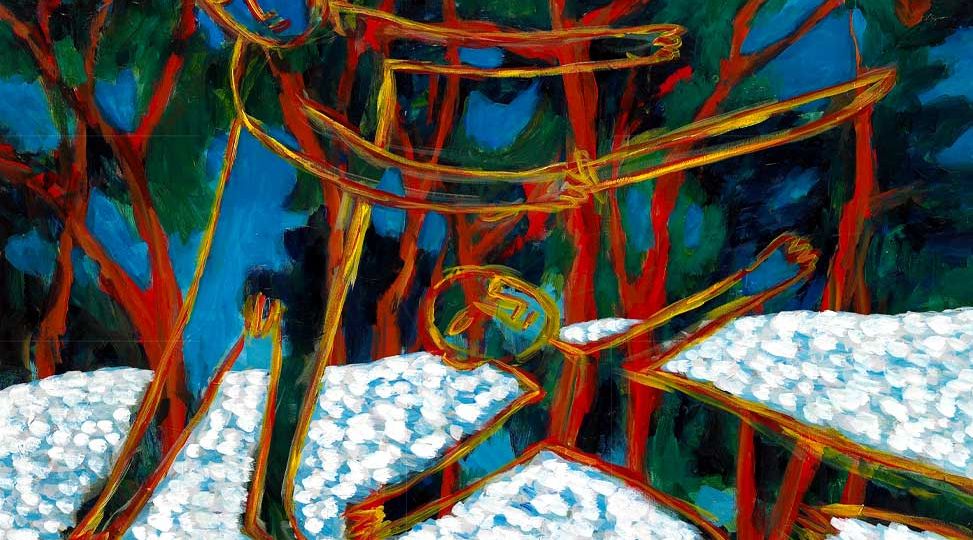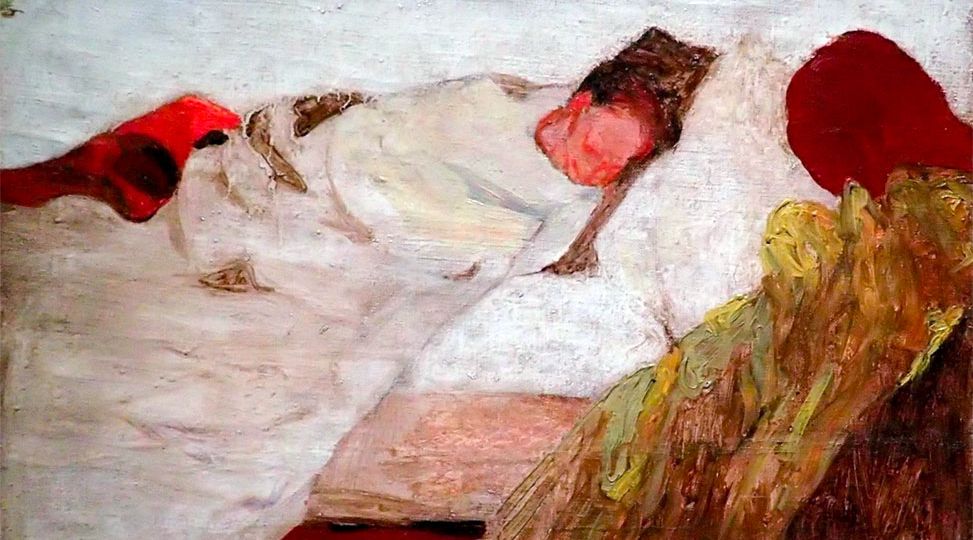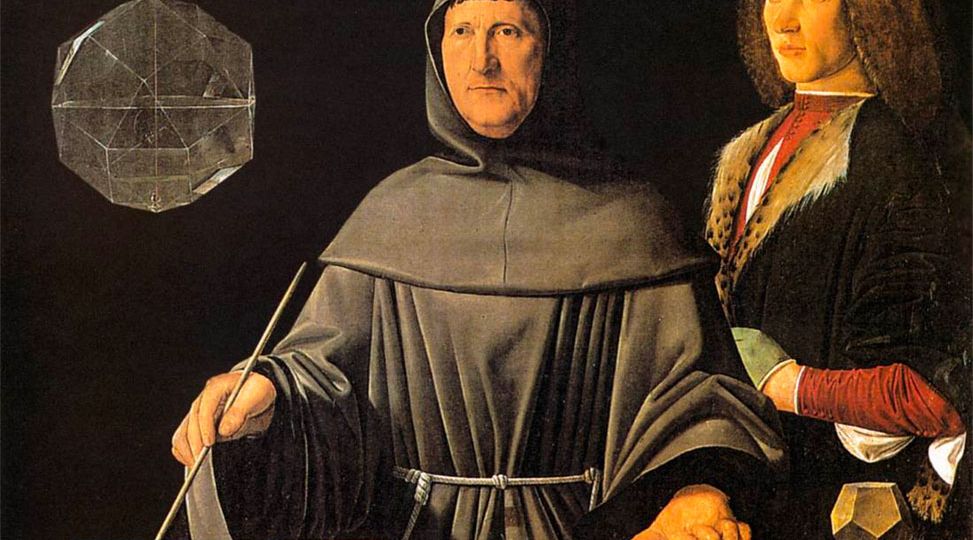When I first learned about typology in the mid 1990s, I set out to conquer the inferior function. After all, I wanted to develop in every way possible, and surely that meant quashing anything inferior! More recently, however, I have come to appreciate the power of this gremlin to draw me closer to the middle realm of dreams and imagination, where wisdom rises from the depths.
ENTP
Individuation calls us to fight the dragon head-on. The struggles of relationship—whether with another person or within a culture—are opportunities. We can flee and seek a quick-fix, taking what my husband calls “tequila shot” flights to numb the discomfort until the next situation arises. Or we can remain within the oyster shell and endure the uncomfortable rubbing.
The mythic relationship between Apollo and Hermes personifies a working relationship between two entirely different styles of being the world. Apollo, lord of reason, light, and order, appears fascinated by Hermes—a figure associated with trickery, liminal spaces, and movement. Despite the two gods’ intrinsic tensions, they build a lasting relationship.
The feeling function has its roots with the archetypal mother. My actual mother had limited tolerance for negative emotions from me. Her outbursts frightened me, and my own feelings terrified me even more. Hillman wrote that the mother-complex, “is the permanent trap of one’s reactions and values from earliest infancy, the box and walls in every situation whichever way one turns.”
He was so struck by his MBTI® assessment that it took us three coaching sessions to get through the report. He saw how his type preferences heavily influenced how he preferred to work. After he presented his preferences from his Type Verifier, one of his superiors said that she thought he was being underutilized in the department.
In a dream she showed up as twins. One who was quiet and could play by herself (like her father, Ti) and the other who was very precocious as she hung upside down from a tree (like her mother, Te), reflecting the inherent nature of the Opposing Personality. From the outset of our work her battle seemed to reflect inferiority about not being an extravert.
The problem was that I wanted it to be as reliable as a road map. … I wanted the type map to conclusively show me the routes that, say, ESTPs took in their thinking and behavior. When it didn’t ‘work,’ I was disappointed. How could something so useful to me internally be so unreliable in external application, even after extensive study?








